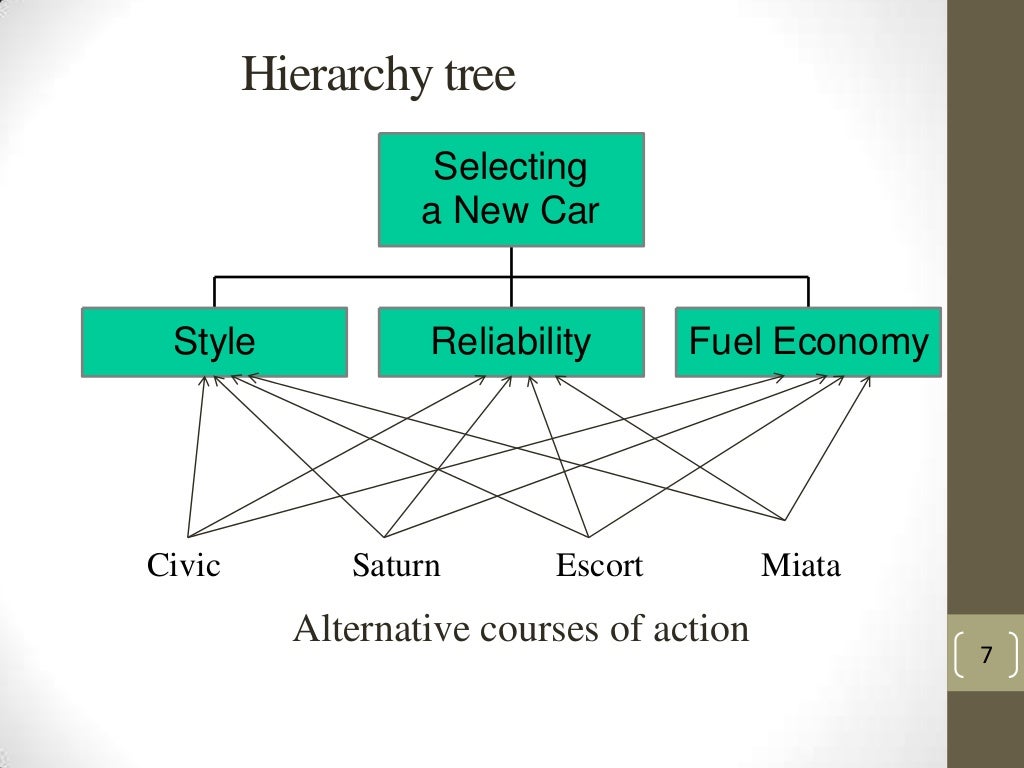

Natural fiber can replace synthetics fiber for reinforcement in biopolymer composites. The growing awareness of environmental issues influence the demand of goods produced from natural products, including natural fibers. Jute, hemp, kenaf, sisal, and flax are examples of primary plants, while pineapple, sugar palm, oil palm, and coir are examples of secondary plants. Primary plants are those planted for their fiber content, whereas secondary plants are grown for other utilization, and the fibers come as a by-product. * Corresponding author: fiber is fibrous plant material produced as a result of photosynthesis and generally classified into two categories that are based on the plants producing natural fibers: primary and secondary. Keywords: AHP AHP rating mode Natural fiber selection Green biocomposites Food packaging Design processĬontact information: a: Institute of Tropical Forest and Forest Products (INTROP), Universiti Putra Malaysia (UPM), Serdang, Selangor, 43400, Malaysia b: Department of Mechanical and Manufacturing Engineering, Faculty of Engineering, Universiti Putra Malaysia (UPM), Serdang, Selangor, 43400, Malaysia c: Faculty of Mechanical and Manufacturing Engineering Technology, Universiti Teknikal Malaysia Melaka (UTem), Hang Tuah Jaya, Durian Tunggal, Melaka, 76100, Malaysia Nonetheless, for future development, more comprehensive selection criteria, such as fiber specific properties, fiber processing, and fibre treatment, are suggested to be included in the framework for more comprehensive results.

It was concluded that ijuk is the most suitable natural fiber for reinforcement in green biocomposites for food packaging design. Sensitivity analysis was then performed to further validate the results, and ijuk remained at the top rank in four out of the six scenarios tested. Whilst, sisal had the lowest rank with a score of 8.8%. From the results, ijuk obtained the highest priority score (14%). Nine natural fibers were assessed based on data gathered from recent literature. Food packaging materials’ requirements and production factors are the basis of selecting 13 vital characteristics of natural fibers as the selection criteria. A selection system of analytic hierarchy process (AHP)-based method is proposed. Selection of the most suitable natural fiber for reinforcement in green biocomposites is an initial attempt towards reducing resources depletion and packaging waste dumping. Green biocomposites, which are made of natural fiber and biopolymer matrix, are promising alternative materials in single-use packaging to replace conventional materials. The biodegradability of a material has been an important measure in packaging design. Nonetheless, for future development, more comprehensive selection criteria, such as fiber specific properties, fiber processing, and fibre treatment, are suggested to be included in the framework for more comprehensive results.Īnalytic Hierarchy Process (AHP)-Based Materials Selection System for Natural Fiber as Reinforcement in Biopolymer Composites for Food Packaging It was concluded that ijuk is the most suitable natural fiber for reinforcement in green biocomposites for food packaging design. Sensitivity analysis was then performed to further validate the results, and ijuk remained at the top rank in four out of the six scenarios tested. From the results, ijuk obtained the highest priority score (14%).

" Analytic hierarchy process (AHP)-based materials selection system for natural fiber as reinforcement in biopolymer composites for food packaging," BioRes.


 0 kommentar(er)
0 kommentar(er)
